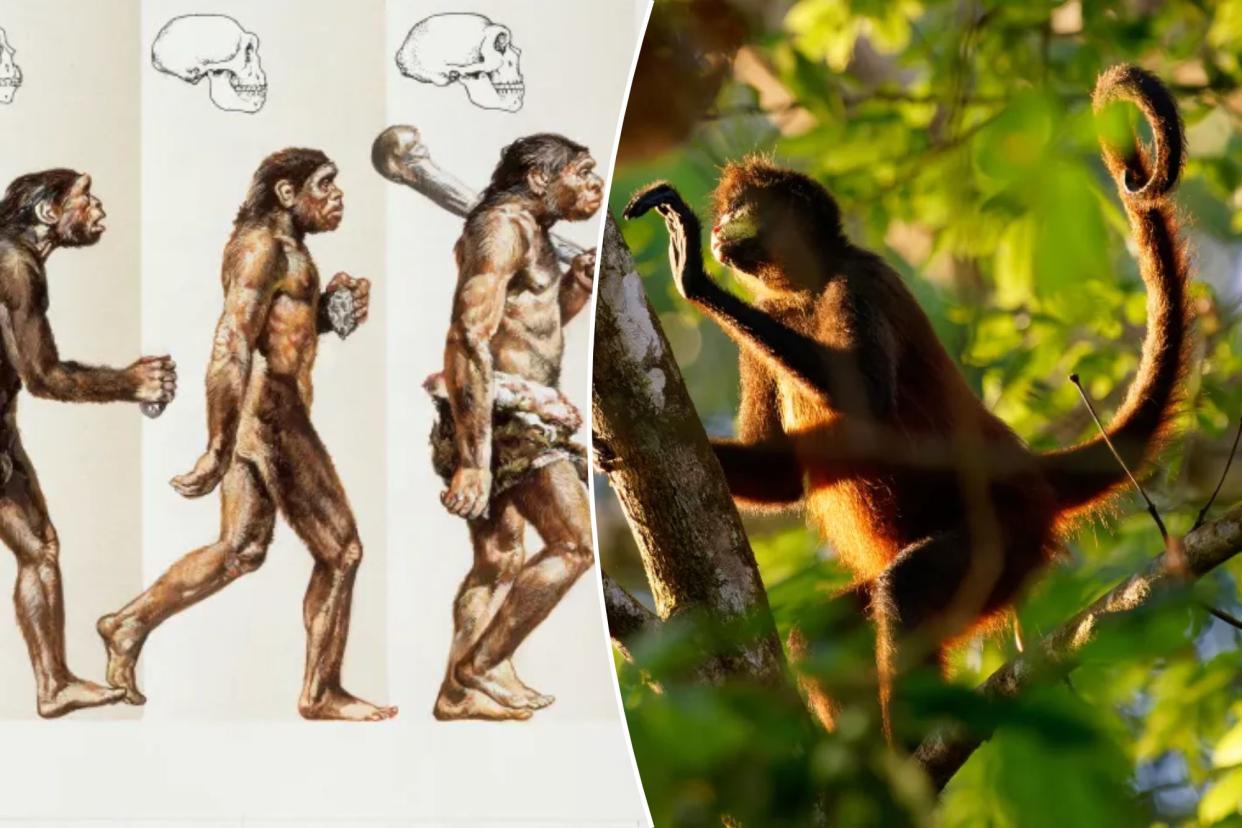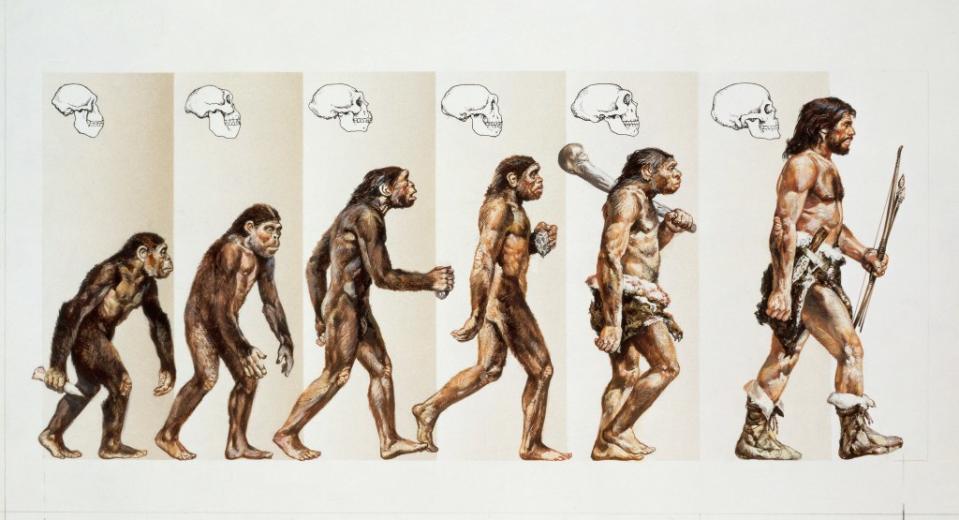Humans lost their tails during evolution — and NYU scientists think they’ve figured out why

They’re not monkeying around with this breakthrough.
Researchers from New York University Langone Health may have finally learned how early humans took a major step away from predecessor primates in the evolutionary process — by no longer growing tails starting 25 million years ago.
“Our study begins to explain how evolution removed our tails, a question that has intrigued me since I was young,” lead study author Bo Xia, PhD said.

Looking at DNA samples of people, apes without tails, and monkeys, the scientists discovered that the latter is missing a piece of genetic code shared by the former two.
That happened not by mutation — the scientific term for changes within DNA — but instead by another genetic code “snippet” known as AluY, which was randomly inserted into early humans and non-tailed apes during prehistoric times, according to the study published as a cover story for “Nature.”
The new gene, in a first-time discovery, was shown to affect tail lengths. When paired with another gene called TBXT, it formed two types of ribonucleic acid — critical to cellular structure — that produced tail loss in people and apes.
“This finding is remarkable because most human introns carry copies of repetitive, jumping DNAs without any effect on gene expression, but this particular AluY insertion did something as obvious as determine tail length,” said Dr. Jef Boeke, the Sol and Judith Bergstein Director of the Institute for Systems Genetics.
It is also believed that the major evolutionary schism had given rise to the coccyx — aka tailbone — in humans, gorillas, and chimpanzees.
However, it remains unclear why or how ancient creatures’ compositions determined that tail loss was best for evolutionary survival.

Experiments with mice found that tail loss might also coincide with an increase in neural tube defects, which in people can cause diseases like spina bifida — an affliction when the spine does not align properly with the spinal cord.
“Future experiments will test the theory that in an ancient evolutionary trade-off, the loss of a tail in humans contributed to the neural tube birth defects,” said study author Dr. Itai Yanai.

